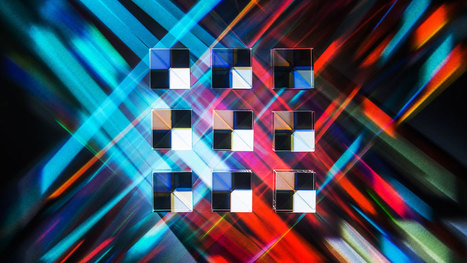Anyone who follows the cultural industries — art, music, publishing, theater, cinema — knows of the tussles between artists and those who feed off of their talents. The traditional food chain in movie-making, for example, is a long one: Between those who create a film and those who pay for it — movie goers, cable subscribers, pay-per-viewers, advertisers, rights licensees, and institutional sponsors such as the National Endowment for the Arts — is a multitude of middlemen: online retailers (Amazon, Walmart), streaming video services (Netflix, YouTube, Hulu), theatre venues (Wanda’s AMC, Regal, Cinemark), product placement and media agencies (Propaganda GEM, Omicom’s OMD), film producers (Columbia Pictures, Marvel Studios, Disney-Pixar), movie distributors (Sony Pictures, Universal, Warner Bros.), home marketers (Fox, HBO), cable and satellite services (Comcast, DirectTV), video syndicators (PMI, TVS), film libraries and archives (Eastman House, Getty Images), and talent agencies (WME, CAA, ICM), each with its own contracts and accounting systems. That’s a staggeringly long list.
Each of these middlemen takes a cut of the revenues and passes along the rest, with the leftovers typically reaching the artists themselves months later, per the terms of their contracts.
How technology is transforming transactions.
So concentrated is the power in this feeding frenzy that many actors have taken themselves off the menu by launching their own companies within the existing industry model. The same is true in music, too. For example, Grammy-award winning singer-songwriter Imogen Heap has been a pioneer in the field with the launch of Mycelia, a think-and-do-tank whose goal is “to empower a fair, sustainable and vibrant music industry ecosystem involving all online music interaction services,” using blockchain. Artlery, a company founded by technologists and artists, is attempting the same thing for physical art such as sculptures and paintings. But for most artists and creators, that’s not an option....



 Your new post is loading...
Your new post is loading...








Don and Alex Tapscott offer an interesting look at blockchain's potential for creators and creatives. Stimulating reading!